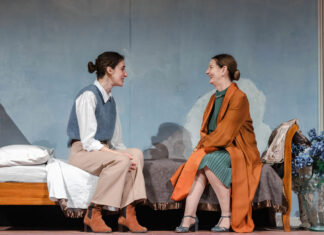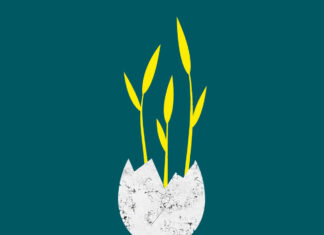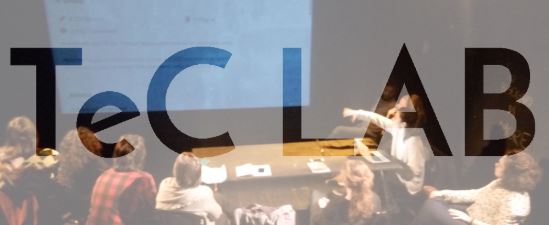We receive and publish a missive by Eike Wittrock, a dance historian, who teaches at the University of Hildesheim, as well as a curator and dramaturg, and he was involved in the creation of Schönheitsabend in several stages.

The piece Schönheitsabend initially came out of a creative research project that was part of a larger national German funding initiative (Tanzfonds Erbe) that aimed to promote German dance heritage. Together with my colleague Anna Wagner, I founded the Julius-Hans-Spiegel-Zentrum. This center is an itinerant research center focusing on forgotten aspects of German dance history, such as the appropriations of non-European dance cultures that are very visible in its exoticisms. We named the center after an jewish, deaf, homosexual dancer from Berlin who danced „asian“ and toured extensively in the 1920s in galleries, theaters, varietés and movie theaters and emigrated in the 1930s to Italy, where he spend the rest of his life on the island of Capri. The center first appeared in Freiburg in 2014, where Florentina Holzinger and Vincent Riebeek were residence artists and created a first version of Schönheitsabend. In 2015 they reworked the piece into its current shape, where I was witnessing the creation as a dramaturge.
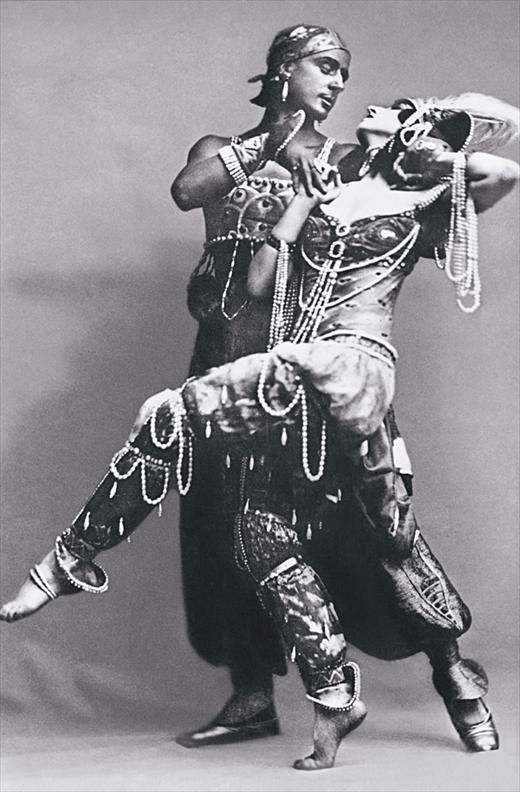
In the archival collection of Spiegel-Zentrum Florentina and Vincent came across a lot of historic predecessors to their own artistic biography, in performance couples such as Alexander Sacharoff and Clotilde von Derp, Vaclav Nijinsky and Ida Rubinstein or Anita Berber and Sebastian Droste. All of these couples would from a contemporary perspective be labelled „queer“, because of their play with gender roles, and a general subversive use of sexual imagery – stemming from very „effeminate“ male behavior to radically queer sexuality such as the „Shéhérazade“ choreography starring the Nijinsky and Rubinstein who were icons/heroes of Parisian gay and lesbian culture in the 1910s. „Schönheitsabend“ thus is a biographical fiction of Florentina and Vincent, using dances, images, stories, myths and rumors of more or less forgotten avantgarde figures of dance in the 1910s and 1920s in order to reflect about today’s expectation of beauty, sensuality, of ways of looking at male and female bodies on and off stage, but also of expectations what it means to be „radical“ today, and the difficulty and fakeness of this expectation in the contemporary dance scene.
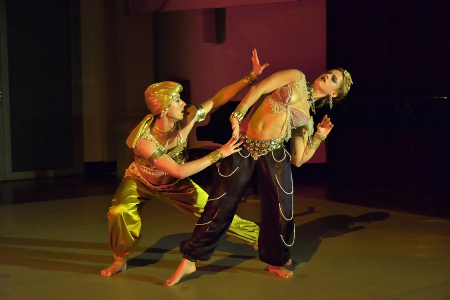
The aim of the Schönheitsabend was – amongst others – to revisit the aesthetics, new ideas of beauty, the transgressions but also the scandals that these couples had created in their times to see – amongst other things – how much images of nonconventional sexuality are still troubling for society, and how a very „gay“ body, such as Vincent, is still a challenge to stage aesthetics.
The scene in question here is the last part of Vincent and Florentina’s contemporary version of the Ballets Russes Sheherazade, which was – as you will certainly know – a ballet from 1910 that could be roughly described as a 20 minute orgy followed by a massacre. Founded in ballet language, this famous historic duet introduced a strikingly equal, very sensual movement vocabulary for the male and female partner, both wearing costumes that were revealing a lot of flesh, and that turned around conventional ballet gender roles by staging the male body as the object of desire (his role was that of a slave) for both his female partner on stage and the straight female and gay male audience.
One of the aims of Florentina and Vincent’s new ending of the Shéhérazade was to find a contemporary equivalent of this historic choreography from a queer perspective that has been regarded by „straight“ dance history mostly in terms of the „Orientalism“ of Leon Bakst decor and costumes with its sexual subversion (which is closely connected to the exoticism) downplayed – so ironically the response to the Terni performances have contributed their part to this historical play by also recreating the scandal attached to the original.
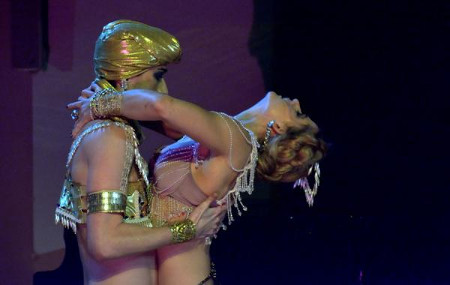
It was never the intention though to produce a provocative gesture for the sake of empty provocation. From a choreographic perspective the scene in question is a research into an extreme sensuality on stage, and to create a movement sequence that underneath a superficial sexual content actually contains a very delicate negotiation of power in Florentina’s and Vincent’s careful and attentive shifting of weight while staying connected through a strap on dildo – all choreographed to the music of Rimski-Korsakov. The provocation only lies in the beauty and care with which Florentina moves Vincent’s body on stage and the pleasure that he performs this dance with.
My Italian is not very good, and I used the google translator to read the accusations of Tommaso Chimenti’s article, and I was surprised about his call for metaphors. In this scene, Vincent Riebeek and Florentina Holzinger do not want to talk about sex or fucking, but about power relations, gender roles, sensuality, trust, and the erotic and sexual aspect of (every) body being displayed on a ballet stage. The use of a strap on dildo, a prothesis as you call it, how is this not the metaphor per se that your colleague is calling for? In this sense I think I even agree with Chimenti: put on stage, everything loses its directness and becomes something more -being the act itself but also a representation of the act, a display of it, a show. In this sense, your question, if an „actual sexual act“ was involved cannot be answered.
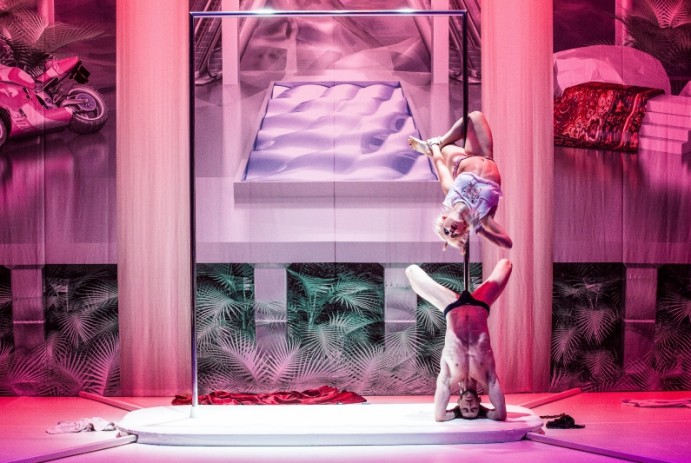
I honestly don’t even know where to set the boundaries of what is real sex or not, since it can only be judged from an inside perspective of the people perceiving this as sex or not. But also, if one would call it „actual sex“ in a private environment, on stage this becomes a performance, a show, a reflection of this act. In these bright and gaudy lights, in front of this backdrop, in the middle of a theater, how can anyone mistake this sequence not as being a choreography? Vincent and Florentina love performing, but they certainly don’t get any sexual pleasure out of doing a show. On the contrary, they put a lot of work in to their performances and what makes their work for me so interesting and stimulating to watch is how they masterfully play with my expectation of realness on stage, how they capture an audience by carefully crafting situations that seem very real and direct, but then in the end are being revealed as aesthetic choices.
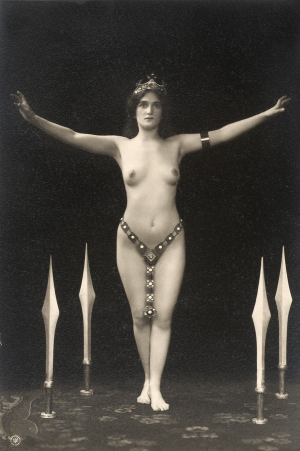
The title Schönheitsabend by the way refers to a performance format that was popular in Berlin around 1910, where dancers like Olga Desmond would pose nude in pseudo antique poses, a format that was closely monitored by the Berlin police of that time and at times censored. These original Schönheitsabende are a curious case of theater history, because they are located at the boundary of erotic spectacle and the promotion of the life reform movement, its body culture and its nudity fetishism – an environment to which the modern dance movement in Germany was closely connected. It would be wrong to perceive the historic Schönheitsabende simply in terms of scandal, pornography and censorship. They were an ambivalent format coming out of a changing society that was renegotiating its relationship to the body, to what community is, to the question which roles certain bodies play in society, and what this society deems natural or not. It seems, like Florentina Holzinger and Vincent Riebeeks Schönheitsabend poses similar questions.
Eike Wittrok
Click here and read the italian version
This missive was sent privately to the Teatro e Critica editorial staff.
The pubblication is kindly allowed by the author.




